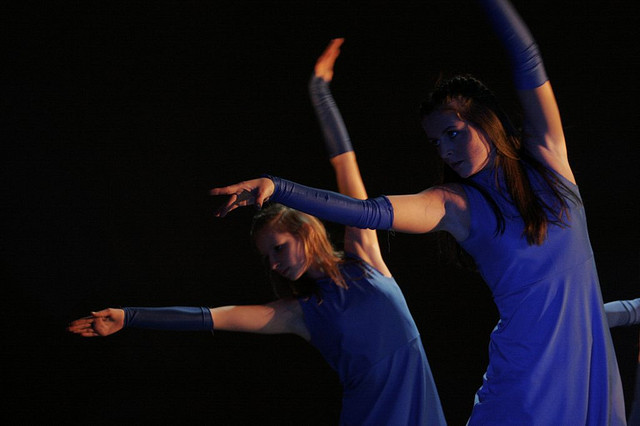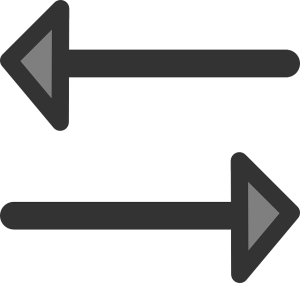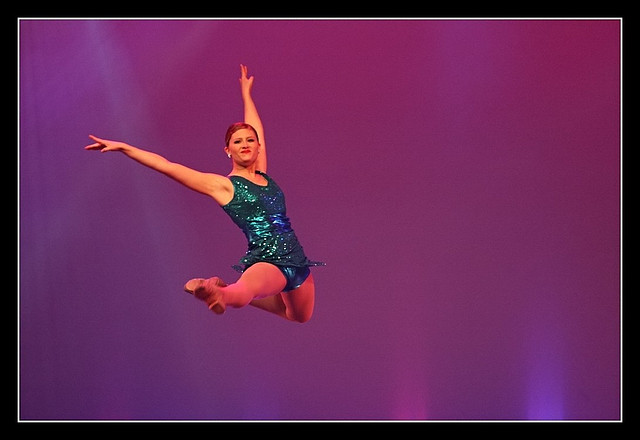
by Karen Musey
Each competition experience brings new highlights and challenges! How time is utilized in-between events is a big factor in determining how each dance studio and dancer excels at each event, and how they grow over the year.
Keeping choreography fresh and spirits high after drilling and performing the same material week after week for months at a time can be a challenge! As dancers find their groove within the choreography, sometimes they start to sit back when they feel that they’ve accomplished the task. Also, often the choreographer is no longer on hand to continue the development of the work. It is important to maintain the structure of the piece, as well as encouraging each dancer to continue to evolve their own interpretation and ideas of it.
The more dancers move out of a neutral approach to performing their piece, the more the piece will evolve and affect the audience. And PS – continually finding ways to improve, define and deepen the work is great preparation for understanding how to develop work as a professional dancer; it is also a great skill to develop for any job…
Deepening The Work
Play! – Once the piece is memorized and the muscle memory has set in, then the artist is free to explore! If you can experience your piece through different kinds of filters (just like Instagram!), you will discover new layers and depth within the choreography. For example – changing up how we work with resistance helps us to discover different kinds of qualities in a movement. Moving through peanut butter vs feeling like you are made of bubbles vs oozing like green slime all change the dancer’s interpretation of the same movement, which opens up new possibilities of expression.
 If a piece has a light, carefree expression to it, try approaching the choreography from an opposite angle – tension, gravity, labored. After experiencing the opposite, turn the filter back in the reverse direction, to extreme lightness and fluidity – more than was experienced originally. You will find that the piece will naturally want to lean in a certain direction. Changing the intention will open up new ideas in how the choreographer was interpreting the music. Maybe adding more lightness creates more freedom. Maybe adding weight and stillness creates a stronger emotional impact in the choreography. Maybe the intention stays the same, but now the original movement has expanded in feeling and has more nuance and variation. Playing with an opposite intention against the original goals of the choreography can open up huge, new emotional spectrums in the piece. Finding unexpected pockets in movement for hope, sadness, sweetness, longing, and connection is wonderful to discover.
If a piece has a light, carefree expression to it, try approaching the choreography from an opposite angle – tension, gravity, labored. After experiencing the opposite, turn the filter back in the reverse direction, to extreme lightness and fluidity – more than was experienced originally. You will find that the piece will naturally want to lean in a certain direction. Changing the intention will open up new ideas in how the choreographer was interpreting the music. Maybe adding more lightness creates more freedom. Maybe adding weight and stillness creates a stronger emotional impact in the choreography. Maybe the intention stays the same, but now the original movement has expanded in feeling and has more nuance and variation. Playing with an opposite intention against the original goals of the choreography can open up huge, new emotional spectrums in the piece. Finding unexpected pockets in movement for hope, sadness, sweetness, longing, and connection is wonderful to discover.





